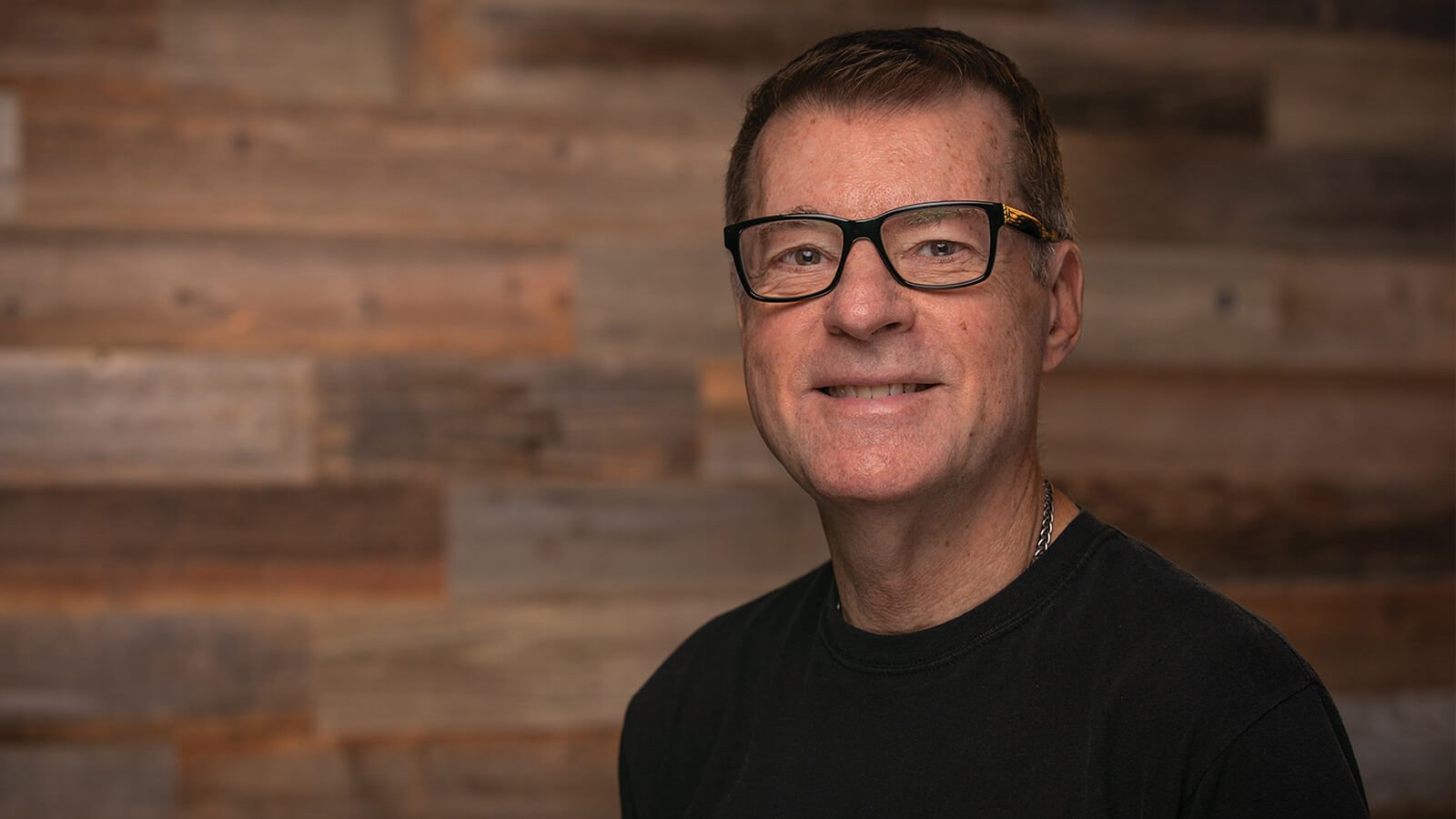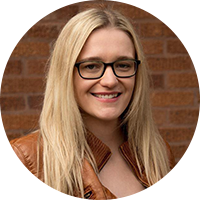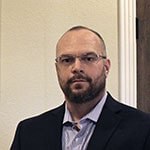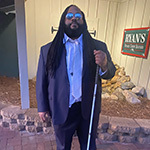Full Sail Stories
Published Apr 03, 2020
Faculty Spotlight: Paul Kegel (Course Director, Innovative Work Environments)
Dr. Paul Kegel shows future entrepreneurs how to design beautiful and effective workspaces in Full Sail’s Innovation and Entrepreneurship program.

The color of the office walls might not be at the top of a new entrepreneur's to-do list, but the look and feel of a workplace can have a big impact on employee productivity.
Dr. Paul Kegel, Full Sail's instructor for the Innovative Work Environments course in the Innovation and Entrepreneurship master's program, knows the costs of a poorly designed space. He has a doctorate in Business Administration from Rollins College, and he's worked in commercial interior design for 20 years.
"A lot of people think of design as just making the place more attractive," he says. "But design can play a big impact on people's happiness and productivity."
One example is the use of lighting and windows. Paul's doctoral research indicated that low lighting boosts creativity and having views of the outdoors is one of the best ways to improve workers' overall wellbeing. Big companies are taking note — Apple, Google, and Microsoft have all prioritized workplace design — and small companies should follow suit to compete.
"You really just have to analyze the organization, the people that work there. What are the different generations working there, what kind of work do they do? And then design an environment specifically to help them, with spaces for [different types of work]," says Paul.
The assignments in Paul's Innovative Workspaces course mimic the real-world planning and decisions entrepreneurs will make as they design their offices and shops. He asks students to consider what types of workplace perks will appeal to their ideal employees. Younger workers who need space to creatively collaborate might enjoy open-office environments with fun add-ins like pool tables, while employees doing individualized, high-focus work will need the privacy of cubicles or offices.
Creating an appealing and productive space can not only attract talent, but also help attract talent that meshes with your vision. "Your business is an extension of your personality and the things that are important to you," says Paul. "You want to get people who have the same mindset at the beginning. Fixing it later can be costly."
Paul's course also shows students that workplace design doesn't have to be prohibitively expensive. "There are a lot of affordable, creative solutions for creating an attractive, effective environment. And focus on what's best for your people. Whether it's a small, five-person business or Apple, you're competing for the same people."
The Innovation and Entrepreneurship master's program appeals to a wide group of students. "We get students of all ages and backgrounds. People out of the military, middle-aged people leaving the corporate world, young people who know right out of the chute that they want to start their own business. We can help you develop business ideas, but you've got to be flexible, inquisitive, good at problem solving, and have an entrepreneurial mindset," he says.



